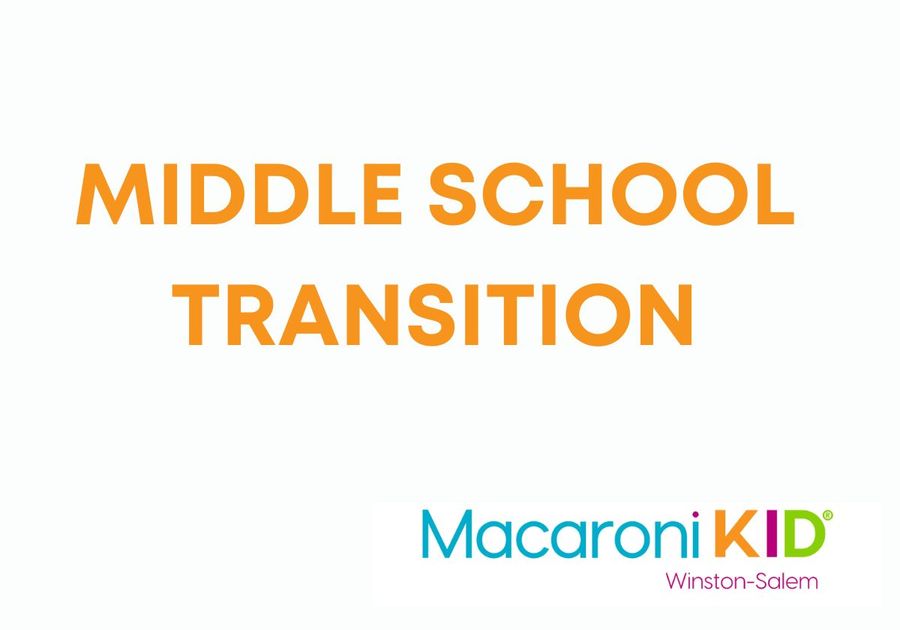We have personally been through it, and now we help our children manage through it. The transition between elementary school and middle school represents a significant change in a student's educational experience. This transition is often referred to as the "elementary to middle school transition" and involves several key aspects:
- Educational Structure: Middle schools are designed to bridge the gap between elementary school and high school. They generally cover grades 6 to 8, although this can vary by location. Middle schools often have a different curriculum structure and approach to education compared to elementary schools.
- Multiple Teachers and Classes: In middle school, students usually have different teachers for each subject, unlike in elementary school, where they typically have one primary teacher for most subjects. This introduces students to a more departmentalized approach to education and prepares them for the increased complexity of high school.
- Increased Independence: Middle school students are expected to take more responsibility for their learning. They might have to manage their schedules, assignments, and homework more independently, which helps them develop important organizational skills.
- Varied Electives: Middle schools often offer a wider range of elective courses, allowing students to explore different subjects and interests beyond the core curriculum. This exposure can help students discover their passions and interests.
- Locker and Schedule Changes: Many middle schools introduce students to lockers and schedule changes, simulating the experience they will have in high school. This can be a significant adjustment for students who are used to staying in the same classroom all day.
- Social Dynamics: The social dynamics of middle school can be quite different from elementary school. Students are exposed to a larger peer group, and the social pressures and interactions can become more complex. Developing social skills and coping mechanisms becomes an important aspect of this transition.
- Physical Changes: For many students, middle school coincides with the onset of puberty and the physical changes associated with adolescence. Schools often provide education and resources related to these changes.
- Extracurricular Activities: Middle schools often offer a wider range of extracurricular activities, allowing students to explore their interests outside the classroom. This can contribute to personal growth and skill development.
- Transition Programs: Many schools have transition programs in place to help students adjust to the changes. These might include orientation days, tours of the new school, and meetings with teachers and counselors.
Overall, the transition from elementary to middle school is a significant developmental milestone for students. It marks a time of increased independence, exposure to new subjects and experiences, and the development of important life skills that will serve them well as they continue their educational journey.



